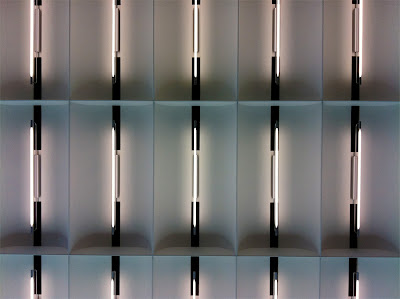After much too long spent on too much stuff, I finally managed to set up a proper project website that I can be satisfied with. Visit The-End-of-Hearing.org and see for yourself!

On the new project website you can both watch 'The End of Hearing' film in HD and see the photos in big format. There are two full stories and the Science Fiction Prototype available for read. Finally, there is a section mentioning all the recent, current and upcoming news about the project. I promise to keep it up-to-date, so make sure to keep in touch!
The-End-of-Hearing.org



















